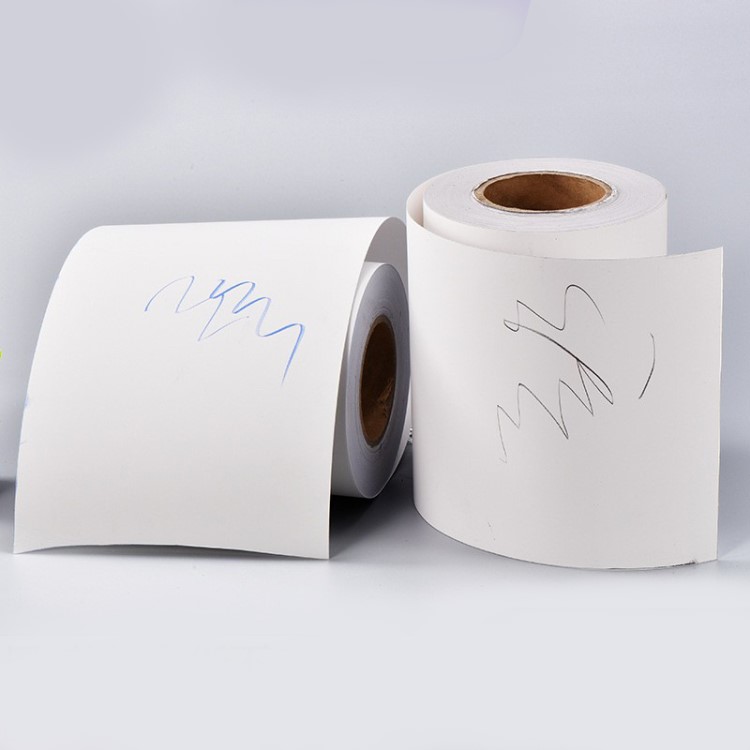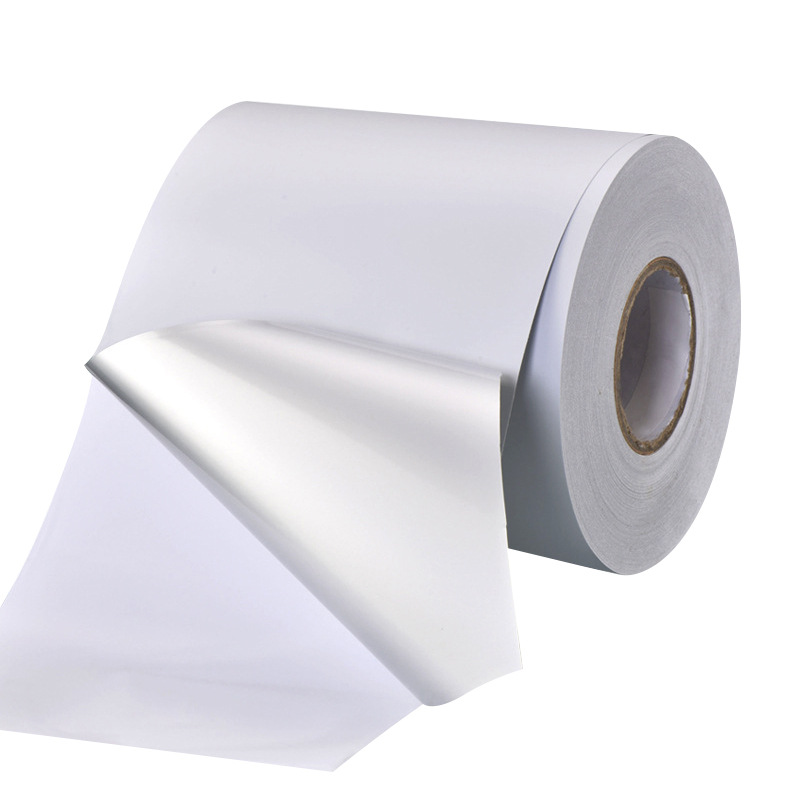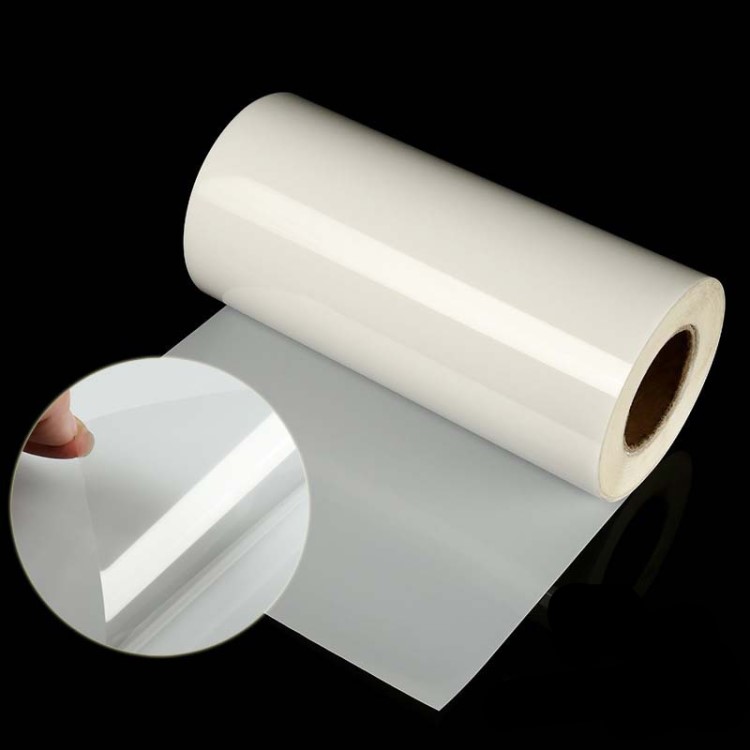How are adhesive materials classified?
Why are there different types of adhesive materials, such as laminated paper, removable adhesive, and permanent adhesive? How are they classified? In fact, there are multiple classification methods for adhesive materials, and people also have different names during use. The commonly used classification methods include the following:
1. Classify according to the characteristics of the adhesive
Divided into permanent adhesive materials and removable adhesive materials
2. Classified by adhesive coating technology
Divided into hot melt adhesive materials, solvent adhesive materials, and emulsion adhesive materials
3. Classify according to the chemical properties of the adhesive
There are two types of adhesive materials: rubber based and acrylic based
4. Classification of interface material characteristics
Divided into paper adhesive materials, film adhesive materials, and special adhesive materials
5. Classify according to the characteristics of the base paper
There are three types of adhesive materials: opaque base paper (thick base paper), semi transparent base paper (thin base paper), and transparent base paper
What are the characteristics of adhesives in adhesive materials?
The performance of pressure-sensitive adhesives for adhesive materials can be measured through a series of physical tests, such as measuring the strength and durability of the adhesive by changing external conditions. Typical adhesive properties include the following
1. Initial viscosity
When the adhesive on the label comes into contact with the substrate under slight pressure, the adhesive's adhesion to the substrate is called the initial adhesion of the adhesive, also known as the initial viscosity. Labels with high initial viscosity immediately produce strong adhesion when in contact with the substrate, and removing the label requires a certain amount of force; Labels with low initial viscosity exhibit minimal adhesion when in contact with the substrate surface, making them easy to remove
2. Final viscosity
The maximum adhesion that the label can obtain after the adhesive penetrates the surface of the substrate is called the final viscosity. The time to obtain the final viscosity with maximum viscosity depends on the strength of the adhesive, the roughness of the substrate surface, and the ambient temperature. The maximum time obtained after labeling is 2-24 hours. Generally speaking, there is no correlation between initial viscosity and final viscosity, and sometimes a label with a high initial viscosity may not ultimately achieve a high final viscosity
3. Shear strength (adhesive strength)
It is a measurement of the cohesive force of adhesive, indicating the softness of the adhesive. Low shear strength allows the adhesive to have a greater tendency to flow (resulting in high initial viscosity), requiring greater tensile force when separating the label from the substrate. When the adhesive has a high bonding strength, it is easy to separate the label from the substrate due to its high cohesion (which may result in lower initial viscosity), without the need for significant force
The fluidity of the adhesive not only affects its initial viscosity, but also determines the adhesive leakage around the label. Due to the infiltration of adhesive materials, it can also affect a series of problems in printing processing, such as pollution adhesion, poor paper feeding, and double sheet technology issues. Therefore, the fluidity of adhesives must be controlled within a certain range
4. UV resistance
It measures the ability of adhesives to maintain their adhesive strength and change color under ultraviolet light irradiation
5. Solvent resistance
It refers to the ability of adhesives to be applied in environments with solvents without reducing their bonding properties. These solvents include water, alcohol, solvents in petrochemical products, organic solvents, plasticizers, etc., which exist in the application environment of the label or on some substrate surfaces
6. Cold flow capability
It refers to the flow ability of the adhesive below normal temperature. Adhesives with good cold flow ability are called low-temperature or universal adhesives
7. Minimum labeling temperature
The lowest temperature on the surface of the substrate, provided that the adhesive does not lose its function. The minimum labeling temperature is determined by the adhesive; Glass transition point; To confirm. Below the transition point, the adhesive gradually hardens and crystallizes as the temperature decreases, becoming a solid. The minimum labeling humidity for ordinary acrylic adhesives is 10 ℃, and the minimum labeling temperature for rubber based adhesives is -25C
8. Application temperature range
The temperature range within which the adhesive reaches its maximum bonding strength without changing its properties after label use. For acrylic adhesives, their application temperature range is between -20-120 ℃, while rubber based adhesives are between -40~80 ℃. The application temperature range is related to the type of label fabric, substrate surface condition, and environmental conditions. Different adhesives have different application temperature range indicators
How to test the adhesive performance of self-adhesive materials?
The performance of adhesive material point agents can be achieved in the laboratory by testing specific physical indicators of label materials. The hardness and strength of the material coated with the adhesive may affect the characteristics of the adhesive, so the testing of the adhesive should be carried out after the adhesive is combined with the surface material
Initial viscosity
There are two methods for detecting initial viscosity
The inclined rolling ball method. Firstly, remove the backing paper from the sample material of the specified size, fix the adhesive surface upwards on the inclined plate of the testing device, and then roll a steel ball over the adhesive surface placed flat on the inclined plate. Evaluate the initial viscosity of the adhesive based on the maximum size of the steel ball that can be adhered to the bonding surface of the specified length, as shown in Figure 2-13 (a). The detailed detection method for initial viscosity can be found in the national standard GB 4852-1984
b. Tensile testing method. The tensile test method is conducted on a specialized instrument, which has the same appearance as a regular tensile machine. The machine has a fixed plate platform and a test head that slides in a vertical guide rail. The plate platform is equipped with a clean and smooth surface detection strip, and the test head is equipped with a fixture for fixing the sample. Before testing, first remove the backing paper from a sample of a specified size, so that the adhesive contacts outward and ends, forming a circular ring shape. Then fix one end of the sample on the testing head, with the adhesive facing downwards, and start the test. The test head descends at a certain speed. When the sample contacts the detection strip on the board and reaches the specified contact area, the test head stops and starts to rise at a constant speed. At this time, the test head needs to use the corresponding tension to separate the sample from the detection strip. The tension used by the test head is used to evaluate the initial viscosity of the adhesive. The tensile data of the test head can be displayed on the computer in kgf/cm or N/cm units
Peel strength
The peel strength is tested on a tensile testing machine. Under specified environmental conditions, the specified specifications of the sample are removed from the backing paper and attached to the testing board, and then rolled with a standard quality rubber roller. The materials for the detection board are generally glass, stainless steel, high-pressure polyethylene plastic, and other specific materials. After the sample is attached to the detection board for a period of time, the detection board is fixed on the platform, and one end of the sample is removed and fixed on the testing head of the testing machine. Then, the testing head removes or destroys the sample from the detection board at a certain speed and angle. The force displayed on the testing machine at this time is called the peel strength of the sample. The unit is kgf/cm or N/cm
The testing angle is 180 degrees; There are two types: 90 and 90. Generally, paper fabrics use 90° Corner. The time from the sample being attached to the testing board to the start of testing can be 10 minutes, 1 hour, 1 day, or several weeks to compare the bonding characteristics of the adhesive at different times, as shown in Figure 2-13 (b). The peel strength test method for adhesives can refer to the national standard GB 2792-; 1981
Maintain stickiness
The testing method is to remove the backing paper from one end of a specific size sample and attach it to a stainless steel testing plate with a certain area of the sample. The other end is equipped with a certain mass base and placed as a whole on the testing rack. Under the action of the gravity of the base code, the sample is observed along the testing plate position by observing the displacement or falling time of the sample under different gravity forces for a certain period of time to evaluate the adhesion or softness of the adhesive. Soft adhesives have low cohesion, and the displacement or falling time of the specimen in the test is greater or shorter than that of hard adhesives. The detection method is shown in Figure 2-13 (c). The testing method for adhesive adhesion can refer to the national standard GB 4851-1984
How to choose the appropriate adhesive material
The selection of adhesive materials is usually closely related to the final labeling and usage scenarios, such as the speed of labeling, whether the application scenario is humid, whether the object being labeled is soft, whether there are requirements for repeated labeling, and whether there are requirements for coverage. Different manufacturers have different requirements for selecting materials.
From the scenario where the object being pasted is prone to deformation, such as a daily chemical bucket, the principle of "sticking together those who are similar" is usually followed, that is, the same surface material adhesive is selected based on the material of the back sticker. The same material allows the label and backing to have the same ductility, stretchability, and temperature resistance, and to undergo the same changes in the same environment.
If the PE surface material is attached to the PE bucket, when the ambient temperature rises, the bottle will expand and the label will also change with the change of the bottle body. If other material labels are selected, they cannot wrinkle or curl with the change of the bottle body, which will affect the appearance.
Poor adhesive adhesion leads to label lifting
Some self-adhesive materials lose their stickiness quickly after leaving the factory for a period of time, and coupled with the fact that the finished self-adhesive labels may not be used by end users immediately after leaving the factory, the phenomenon of label warping may occur during labeling. The lifting of labels caused by this reason is usually manifested as problems with labels processed from new materials, while labels processed from old materials may have problems, or inventory labels may have problems, and there is a significant difference in the viscosity of the new and old label materials. The lifting of labels caused by this reason usually starts within a few hours after labeling, and the longer the time, the more severe it becomes. When encountering such problems, you can file a complaint and claim compensation with the raw material supplier, and request the replacement of qualified materials.
We offer comprehensive technical support, including free professional labeling solutions, advice on label materials and adhesive selection, as well as online/offline assistance from professional software and hardware engineers. Service email: andy@ownlikes.cn. In pre-sales, we leverage our extensive experience in specialty labeling projects to provide clients with the most suitable hardware solutions. Additionally, all our label barcode printers and scanners come with a three-year free warranty, demonstrating our confidence in our products.






This site is protected by reCAPTCHA and the Google Privacy Policy and Terms of Service apply.